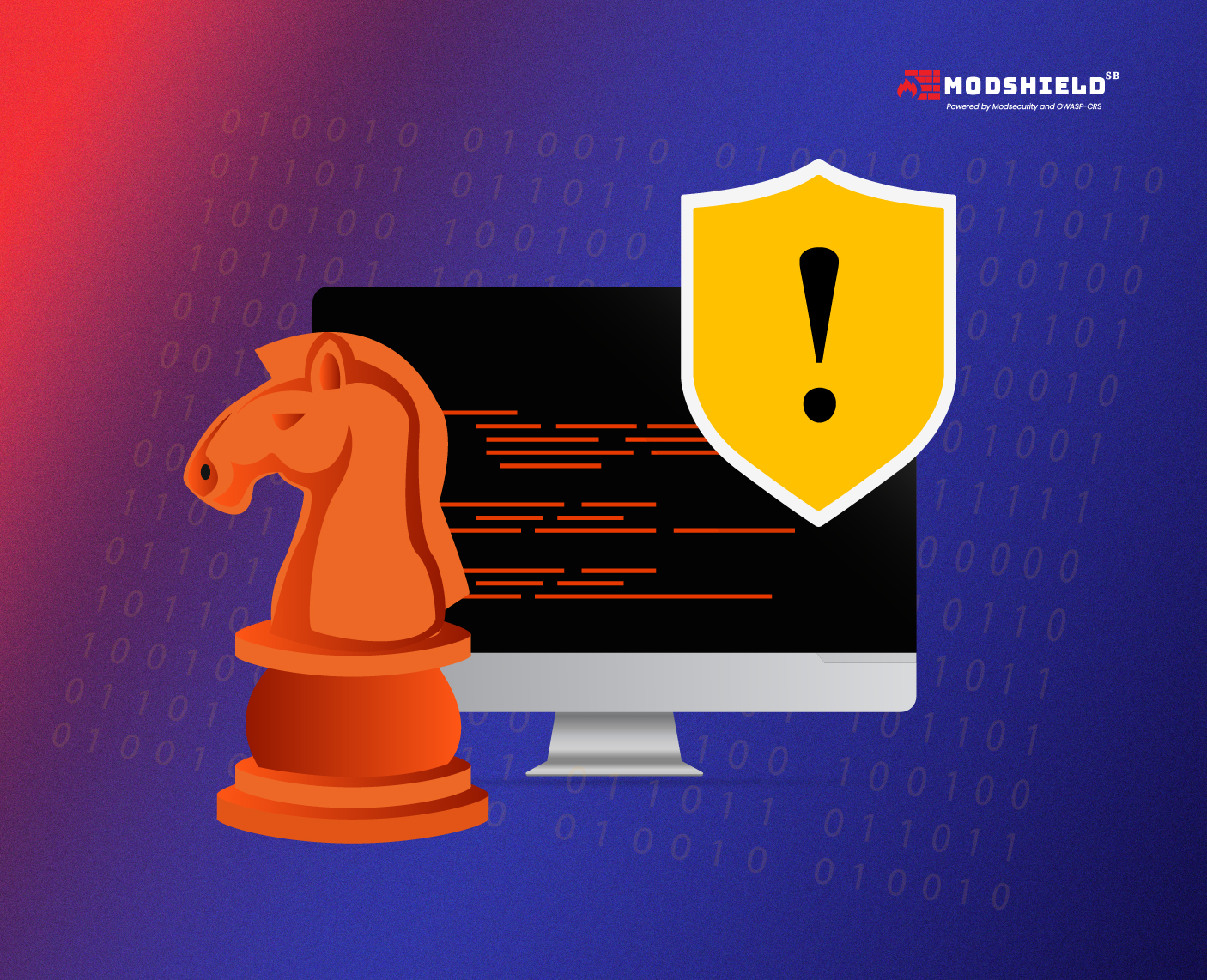Trojan Horse Virus: A Modern-Day Cyber Threat Explained
Trojan Horse Virus: A Modern-Day Cyber Threat Explained

Cyber threats continually evolve, with malicious actors finding new ways to infiltrate systems and compromise sensitive data. Among these threats, the Trojan Horse virus remains a significant concern for individuals and organizations. This blog aims to provide a comprehensive understanding of the Trojan Horse virus, its types, infection methods, detection strategies, and preventive measures.
What is a Trojan Horse? Is it a virus or malware?
A Trojan Horse, often referred to simply as a Trojan, is a type of malware that disguises itself as legitimate software to trick users into installing it. Unlike traditional viruses, which can replicate themselves, a Trojan relies on the user to execute it. Once activated, it can perform various malicious activities, from stealing sensitive information to creating backdoors for other types of malware.
A Trojan Horse is a deceptive type of malware masquerading as legitimate software to access systems and carry out harmful activities. It is distinct from a virus because it does not self-replicate but relies on user actions to execute its payload. Recognizing the nature and behavior of Trojans is crucial for effectively defending against this pervasive cyber threat.
Types of Trojan malware
Trojan malware comes in various forms, each designed to perform specific malicious functions. Some common types include:
How does Trojan malware infect the devices?
Trojan malware infiltrates devices using various deceptive techniques, often leveraging social engineering tactics to trick users into downloading and executing the malicious software. Once inside, the Trojan can perform various harmful activities, depending on its specific design and intent. Here’s a detailed look at how Trojans infect devices and operate.
Email Attachments: Malicious attachments in phishing emails that, when opened, execute the Trojan.
Malicious Links are URLs in emails, messages, or websites that lead to the Trojan’s download.
Bundled Software: Legitimate software packages that include a Trojan as part of the installation process.
Exploits: Using software vulnerabilities to install the Trojan without user interaction.
Drive-by Downloads: Automatic downloads triggered by visiting compromised or malicious websites.

How do you detect Trojan malware in your organization?
Detecting Trojan malware can be challenging due to its stealthy nature, but organizations can implement several strategies to identify infections:
Examples of Trojan horse virus
Trojans and other malware programs are constantly evolving; therefore, analyzing previous Trojan attacks in detail might help stop breaches or reduce damage. Here are a few examples:
Emotet
Emotet is a sophisticated banking Trojan that has evolved into a modular malware platform. Initially designed to steal sensitive financial information, Emotet now serves as a distributor for other types of malware, including ransomware. It typically spreads through phishing emails containing malicious attachments or links. Once installed, Emotet can harvest credentials, exfiltrate data, and deliver additional payloads, making it a versatile and dangerous threat.
TrickBot
TrickBot started as a banking Trojan but has since evolved into a multi-purpose malware toolkit. It spreads through phishing campaigns and malicious attachments. TrickBot can steal banking credentials, browser cookies, and system information. It also downloads and installs additional malware, such as ransomware and remote access Trojans (RATs). TrickBot’s modular nature allows it to adapt and incorporate new functionalities, making it a persistent threat.
Dridex
Dridex is another banking Trojan that focuses on stealing financial information through malicious macros in Microsoft Office documents. It spreads via email attachments and links to compromised websites. Once infected, Dridex captures banking credentials and other personal data, sending it back to the attackers’ command and control servers. Dridex has been linked to significant financial theft and continues to evolve with new capabilities.
Zeus
Zeus, also known as Zbot, is one of the most notorious banking Trojans. It primarily targets Windows systems to steal banking information by logging keystrokes and capturing form data. Zeus spreads through phishing emails, drive-by downloads, and malicious websites. Once installed, it creates a backdoor for attackers to control the infected device and remotely siphon sensitive data. Zeus has caused significant financial losses globally.
Ways to prevent the Trojan horse virus
Preventing Trojan infections requires a multi-layered approach, combining technical measures with user education:
Conclusion
The Trojan Horse virus remains a potent and versatile cyber threat capable of causing significant harm to individuals and organizations. Understanding its nature, types, infection methods, and detection strategies is crucial for effective defense. Organizations may greatly lower the risk of Trojan infections and protect their digital assets by implementing preventive solid measures and encouraging a culture of cybersecurity awareness.
